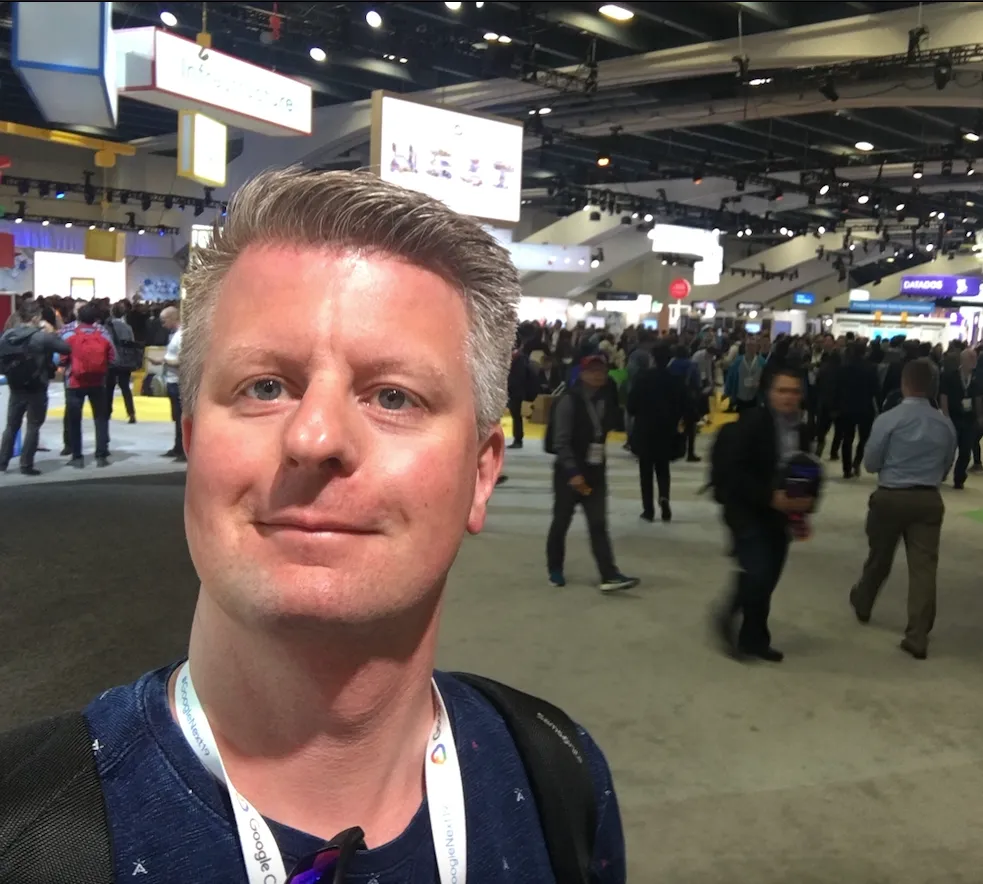Azure data centre Wieringermeer turns out to be much thirstier than thought
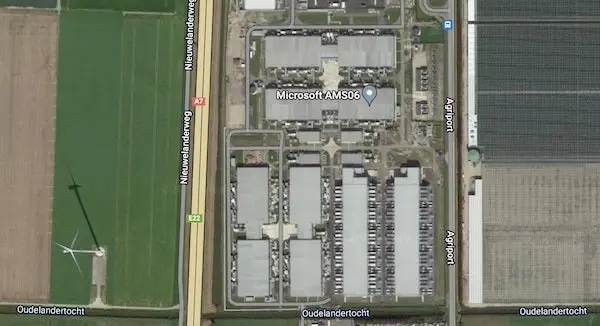
The “air-cooled” Azure data centre in Wieringermeer, the Netherlands (Azure region “West Europe”) absorbed a whopping 84 million litres of drinking water last year. That is much more than Microsoft’s stated consumption of 12 to 20 million litres in June last year.
Eighty-four million litres of water is the equivalent of 33 Olympic swimming pools. Microsoft states that drinking water is only used when the outside temperature is over 25 degrees Celcius. A higher temperature was achieved only six days last year. The extreme drinking water usage suggests that water was almost constantly used irrespective of the outside temperature.
Commercially Azure has been an enormous success. Azure sales and market share have steadily increased in the last couple of years. On the non-commercial side, however, dark clouds (pun intended) hang over Microsoft’s Cloud platform.
Nightmare Vulnerabilities
Next to the environmental impact, six critical security vulnerabilities hit Azure last year. A Critical Vulnerability is where an exploit or proof-of-concept code is publicly available or actively exploited. These six vulnerabilities were described and investigated by Scott Piper, a cloud security specialist and former consultant who’s compiled a lengthy list of the issues on GitHub. The list details vulnerabilities for all the Hyper Clouds: Microsoft’s Azure, Amazon’s AWS and Google’s GCP.
Azure services have had six “critical” vulnerabilities discovered since last summer, compared to two on Amazon’s cloud platform and none on Google Cloud, Piper’s tally shows.
In a good overview from protocol.com, the six vulnerabilities are described. Interestingly, the competing hyper-scale clouds from Amazon (two) and Google (none) do not suffer near as much in critical security vulnerabilities. If someone would force me to guess the cause of these vital flaws: I’d wager that Microsoft mainly focussed on new customers and new platform features, thereby neglecting world-class security. Azure competitors Amazon and Google have either been in the game much longer or (Google) did not suffer from such a surge in demand as Azure did.
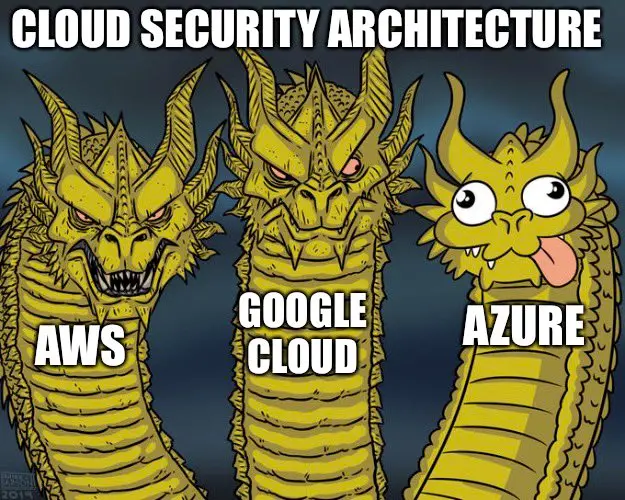
What does not help at Microsoft: capacity management and product management have been more ‘demand driven’ than product-driven. Demand-driven capacity management means that a sudden surge in demand would always stress the data centres to provide capacity the centres simply do not have.
Growing pains?
It looks like Microsoft is suffering from their stellar growth. Azure struggles to deliver on the service level and security. In addition, Azure’s environmental impact is much higher than under which Microsoft was licensed to operate by the local government. Promising that you are air-cooled and only need 12-20M litres of drinkable water then go and consume 84 million litres sounds not entirely fair and may conflict with their permit. What’s also peculiar: according to the Dutch Datacenter Association, all DCs in the Netherlands combined consume less than 1M litre of drinking water.
Is Google thirsty too?
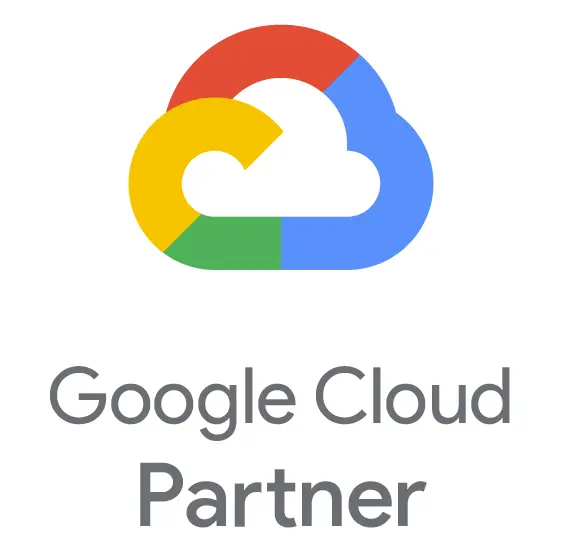
Meanwhile, Google’s primary data centres for the Netherlands (GCP region ‘Europe-west4’) are located more north: in the Eemshaven area. Google is investing 45 million euros into a water facility that takes water from the nearby canal to be used as cooling for Google data centres and companies local to the facility. Google’s secondary, much smaller, location is also in Wieringermeer. It is situated next to Microsoft’s massive Azure AMS06 data centre. Google’s secondary site also consumes drinking water: unfortunately, Google does not disclose information about the amount of water consumed.
Green Cloud Landing Zone
Spark innovation in your organisation within the safe boundaries of our Cloud Landing Zone. Through the Landing Zone, you can implement robust operating models that ensure applications are moved to the cloud within controlled parameters. By using a standardised transformation approach, we make sure that you adopt AWS and Google Cloud in a way that is perfectly aligned with your business objectives. As part of Amazon’s mission to be Earth’s most customer-centric company, we are committed to building a sustainable business for our employees, customers, and communities. Google is carbon neutral today, but aiming higher: our goal is to run on carbon-free energy, 24/7, at all of our data centres by 2030.
At ZEN Software, we are confident we can assist you in accelerating your cloud ambitions; we are Google Cloud Partner and develop our solutions in AWS and GCP.

Go Cloud Native, Go Big
Revolutionise your organisation by becoming a born-again cloud enterprise. Embrace the cloud and lead the future!
Read more:

Massive Security Breach: 1 Million+ Websites Exposed to Password Theft by Popular WordPress Plugin
In a shocking revelation that has sent shockwaves through the WordPress community, All-In-One Security (AIOS), a widely ...

Azure data centre Wieringermeer turns out to be much thirstier than thought
The “air-cooled” Azure data centre in Wieringermeer, the Netherlands (Azure region “West Europe”) absorbed a whopping 84...

PostgreSQL vulnerabilities in cloud-managed databases
Based on research by [Wiz.io](https://www.wiz.io/blog/the-cloud-has-an-isolation-problem-postgresql-vulnerabilities): Th...
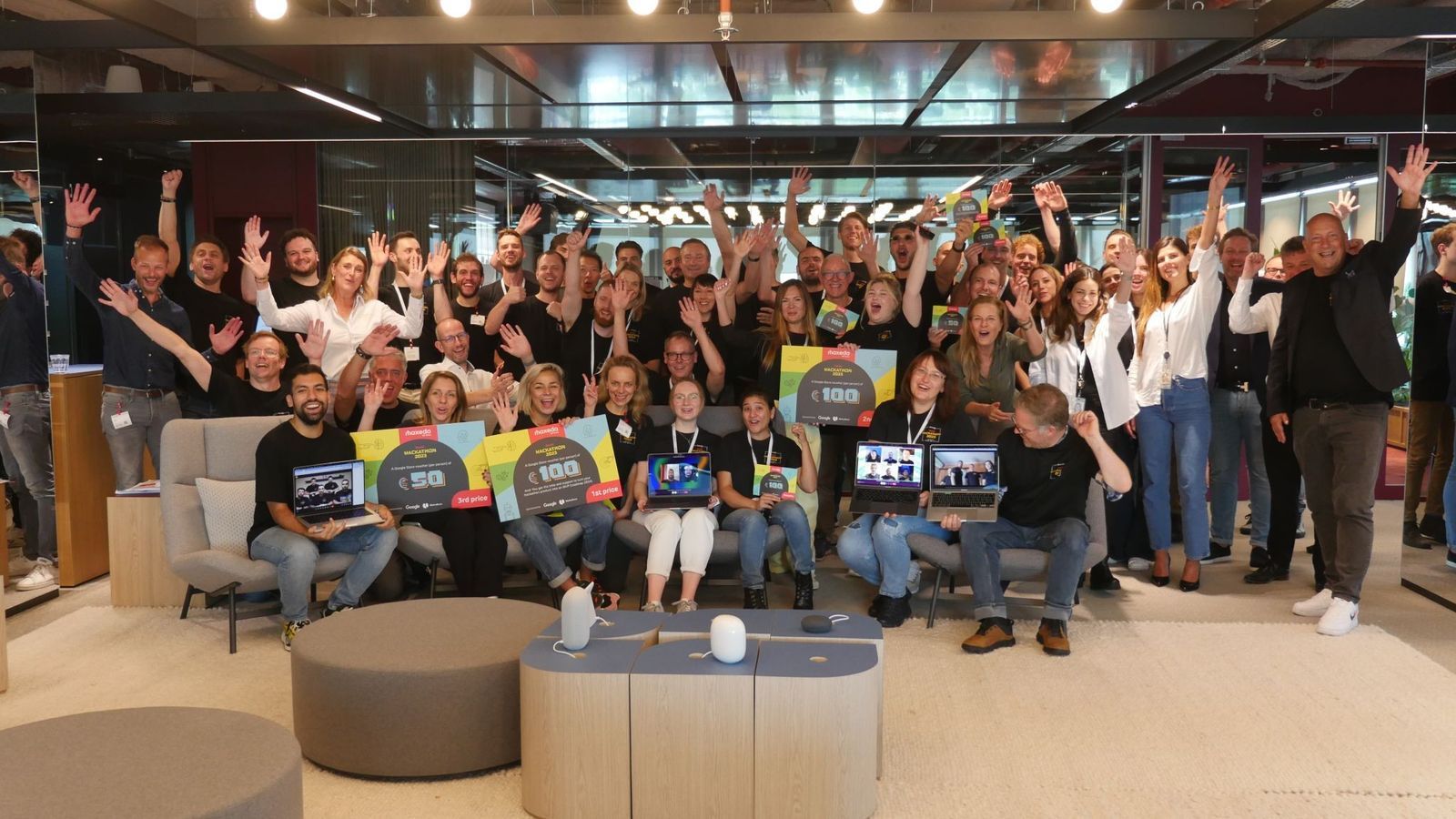
Praxis & Brico unleash the power of Generative AI in an inspiring Hackathon at Google
Hackathons have become the breeding grounds for groundbreaking ideas and solutions. The recent Praxis/Brico Hackathon, h...
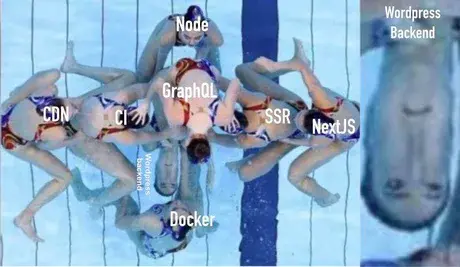
At least 30 WordPress plugins infected with malware; more sites are considering migration
In recent years, the security of WordPress has come under scrutiny due to several high-profile vulnerabilities and attac...

This is how you prevent nightmare cloud bills: API Quotas and Budget Alerts
Sleepless nights over spiking cloud cost? we have an open source and gratis solution! In this article, we'll delve into ...
